Home>Home Appliances>Laundry Appliances>Why Does My Washing Machine Drain Pipe Overflow


Laundry Appliances
Why Does My Washing Machine Drain Pipe Overflow
Modified: August 27, 2024
Discover the reasons behind your washing machine drain pipe overflow and learn how to prevent it. Get expert tips on maintaining your laundry appliances.
(Many of the links in this article redirect to a specific reviewed product. Your purchase of these products through affiliate links helps to generate commission for Storables.com, at no extra cost. Learn more)
Common Causes of Washing Machine Drain Pipe Overflow
-
Clogged Drain Pipe: One of the most common reasons for a washing machine drain pipe overflow is a clogged pipe. Over time, dirt, lint, and other debris can accumulate in the drain pipe, obstructing the flow of water and leading to backups and overflows.
-
Improper Installation: If the washing machine drain pipe is not installed correctly, it can result in improper drainage. For instance, if the pipe is not positioned at the right angle or if it lacks the necessary air gap, it can lead to water backing up and overflowing.
-
Drainage System Issues: Problems with the home's overall drainage system can also contribute to washing machine drain pipe overflows. If the main sewer line is clogged or if there are issues with the vent pipes, it can cause water from the washing machine to back up and overflow through the drain pipe.
-
Excessive Detergent Usage: Using too much detergent or using the wrong type of detergent can create excessive suds, which may overwhelm the drain system and lead to an overflow. It's important to follow the manufacturer's guidelines for detergent usage to prevent this issue.
-
Blockage in the Standpipe: The standpipe, which is the vertical pipe connected to the P-trap under the sink, can become blocked with lint, debris, or even small articles of clothing. This blockage can impede the flow of water from the washing machine, causing it to overflow.
-
Pump Failure: If the washing machine's pump is not functioning properly, it may not be able to effectively remove water from the machine during the drain cycle. This can result in water backing up and overflowing through the drain pipe.
Understanding the common causes of washing machine drain pipe overflow is crucial for homeowners. By being aware of these potential issues, individuals can take proactive measures to prevent overflows and maintain the proper functioning of their washing machines.
Key Takeaways:
- Regular maintenance, proper installation, and using the right detergent can prevent washing machine drain pipe overflows. Addressing slow drainage and gurgling sounds promptly is crucial for maintaining efficient laundry routines.
- To unclog a washing machine drain pipe, identify the issue, use a drain snake or wire hanger, and flush with hot water and vinegar. Regular maintenance and timely interventions are essential for preventing future clogs.
Read more: Why Does My Washing Machine Keep Draining
Tips for Preventing Washing Machine Drain Pipe Overflow
Preventing washing machine drain pipe overflow is essential for maintaining the efficiency and longevity of your laundry appliances. By implementing the following tips, you can minimize the risk of drain pipe overflows and ensure smooth operation of your washing machine:
-
Regular Maintenance: Schedule routine maintenance for your washing machine and its drainage system. This includes inspecting the drain pipe for any signs of blockages or damage and addressing them promptly. Additionally, cleaning the lint trap and drain filter can prevent debris buildup that may lead to overflows.
-
Proper Installation: Ensure that the washing machine drain pipe is installed correctly, with the appropriate angle and air gap to facilitate proper drainage. Proper installation minimizes the risk of water backing up and overflowing from the drain pipe.
-
Use the Right Detergent: Follow the manufacturer's guidelines for detergent usage and avoid using excessive amounts of detergent. Using the correct type and quantity of detergent can prevent the formation of excessive suds that may overwhelm the drain system.
-
Regular Inspections: Periodically inspect the standpipe, P-trap, and other components of the drainage system for any obstructions or blockages. Clearing any accumulated lint, debris, or foreign objects from these areas can prevent potential overflows.
-
Avoid Overloading: Overloading the washing machine with an excessive amount of laundry can strain the drainage system, leading to potential overflows. Adhere to the recommended load capacity to prevent undue stress on the machine and its drainage components.
-
Proper Ventilation: Ensure that the home's drainage system, including the vent pipes, is functioning optimally. Proper ventilation facilitates the smooth flow of water and prevents backups that may cause the washing machine drain pipe to overflow.
-
Address Drainage Issues Promptly: If you notice slow drainage or gurgling sounds from the drain pipe, address these issues promptly. Slow drainage may indicate a partial blockage, while gurgling sounds could signal air trapped in the drain pipe, both of which can lead to overflows if left unattended.
-
Regularly Clean the Drain Pipe: Periodically clean the washing machine drain pipe to remove any accumulated debris, lint, or mineral deposits. This proactive measure can prevent potential clogs and overflows.
By implementing these preventive measures, homeowners can significantly reduce the likelihood of washing machine drain pipe overflows. Regular maintenance, proper usage, and proactive inspections play a pivotal role in safeguarding the functionality of the washing machine's drainage system, ensuring uninterrupted laundry routines and peace of mind.
Check for clogs in the drain pipe or the pump filter. Make sure the drain hose is not kinked. Adjust the water level to prevent overflow.
Signs of a Clogged Washing Machine Drain Pipe
Recognizing the signs of a clogged washing machine drain pipe is crucial for homeowners to address potential issues before they escalate into major problems. Identifying these indicators early can help prevent drain pipe overflows and maintain the optimal performance of the washing machine. Here are the key signs to watch for:
-
Slow Drainage: A noticeable slowdown in the drainage of water from the washing machine is a common indicator of a clogged drain pipe. If you observe that water is taking longer than usual to drain from the machine, it may signify an obstruction in the drain pipe impeding the flow of water.
-
Gurgling Sounds: Unusual gurgling or bubbling sounds emanating from the drain pipe during the washing machine's operation can indicate air trapped in the pipe due to a partial blockage. These sounds are a clear indication that the drain pipe requires attention to prevent potential overflows.
-
Water Backing Up: If water begins to back up into the washing machine or the surrounding area during the drain cycle, it is a strong indication of a clogged drain pipe. This backup occurs when the water cannot flow freely through the pipe due to an obstruction, leading to overflow issues.
-
Foul Odors: A foul or musty odor emanating from the washing machine or the drain pipe can be a sign of accumulated debris, lint, or stagnant water within the pipe. These odors indicate the presence of organic matter that may be obstructing the flow of water.
-
Visible Debris in the Drain Pipe: Upon inspection, if you notice visible debris, lint, or foreign objects within the drain pipe, it is a clear indication of a potential clog. Accumulated debris can restrict the flow of water and lead to drain pipe overflows if not addressed promptly.
-
Standing Water in the Standpipe: If water remains stagnant in the standpipe after the washing machine's drain cycle, it may indicate a clog in the drain pipe. The presence of standing water suggests that the water is not flowing freely through the pipe as intended.
Recognizing these signs of a clogged washing machine drain pipe empowers homeowners to take proactive measures to address potential blockages and prevent drain pipe overflows. Prompt attention to these indicators can help maintain the efficiency of the washing machine's drainage system and mitigate the risk of water damage due to overflows. Regular inspections and timely interventions are essential for ensuring the smooth operation of the washing machine and the overall integrity of the home's plumbing system.
Steps to Unclog a Washing Machine Drain Pipe
When faced with a clogged washing machine drain pipe, it's essential to address the issue promptly to prevent potential overflows and restore the proper functioning of the drainage system. Here are the steps to effectively unclog a washing machine drain pipe:
-
Identify the Problem: Begin by recognizing the signs of a clogged drain pipe, such as slow drainage, gurgling sounds, or water backing up during the washing machine's drain cycle. Identifying the specific symptoms can help pinpoint the location and severity of the clog.
-
Turn Off the Washing Machine: Before proceeding with any unclogging efforts, ensure that the washing machine is turned off and unplugged to eliminate any electrical hazards. Additionally, it's advisable to disconnect the machine from the water supply to prevent any potential leaks during the unclogging process.
-
Access the Drain Pipe: Depending on the washing machine's configuration, access the drain pipe, which is typically located at the back of the machine. This may involve moving the machine slightly to access the rear panel or removing the drain hose to gain direct access to the pipe.
-
Inspect for Blockages: Carefully inspect the drain pipe for any visible blockages, such as accumulated debris, lint, or foreign objects. Use a flashlight to illuminate the interior of the pipe and identify any obstructions that may be impeding the flow of water.
-
Use a Drain Snake or Wire Hanger: If the blockage is within reach, use a drain snake or a straightened wire hanger to carefully dislodge and remove the obstruction from the drain pipe. Gently insert the snake or hanger into the pipe and maneuver it to break up and extract the clog.
-
Flush with Hot Water and Vinegar: After removing the visible blockage, flush the drain pipe with hot water to help dislodge any remaining debris. Adding a mixture of hot water and vinegar can help dissolve organic matter and mineral deposits that may be contributing to the clog.
-
Clean the Drain Filter and Lint Trap: While addressing the drain pipe, it's essential to clean the washing machine's drain filter and lint trap. Remove any accumulated debris and lint from these components to prevent future clogs and ensure optimal drainage.
-
Reassemble and Test: Once the drain pipe, filter, and lint trap are cleaned and cleared of any obstructions, reassemble the components and reconnect the washing machine to the water supply. Test the machine by running a short cycle to ensure that the drainage is functioning properly without any signs of blockages or overflows.
By following these steps, homeowners can effectively unclog a washing machine drain pipe and restore the proper drainage function of their laundry appliances. Prompt attention to clogged drain pipes can prevent water damage and ensure the uninterrupted performance of the washing machine's drainage system. Regular maintenance and proactive measures are key to preventing future clogs and maintaining the efficiency of the washing machine.
Frequently Asked Questions about Why Does My Washing Machine Drain Pipe Overflow
Was this page helpful?
At Storables.com, we guarantee accurate and reliable information. Our content, validated by Expert Board Contributors, is crafted following stringent Editorial Policies. We're committed to providing you with well-researched, expert-backed insights for all your informational needs.
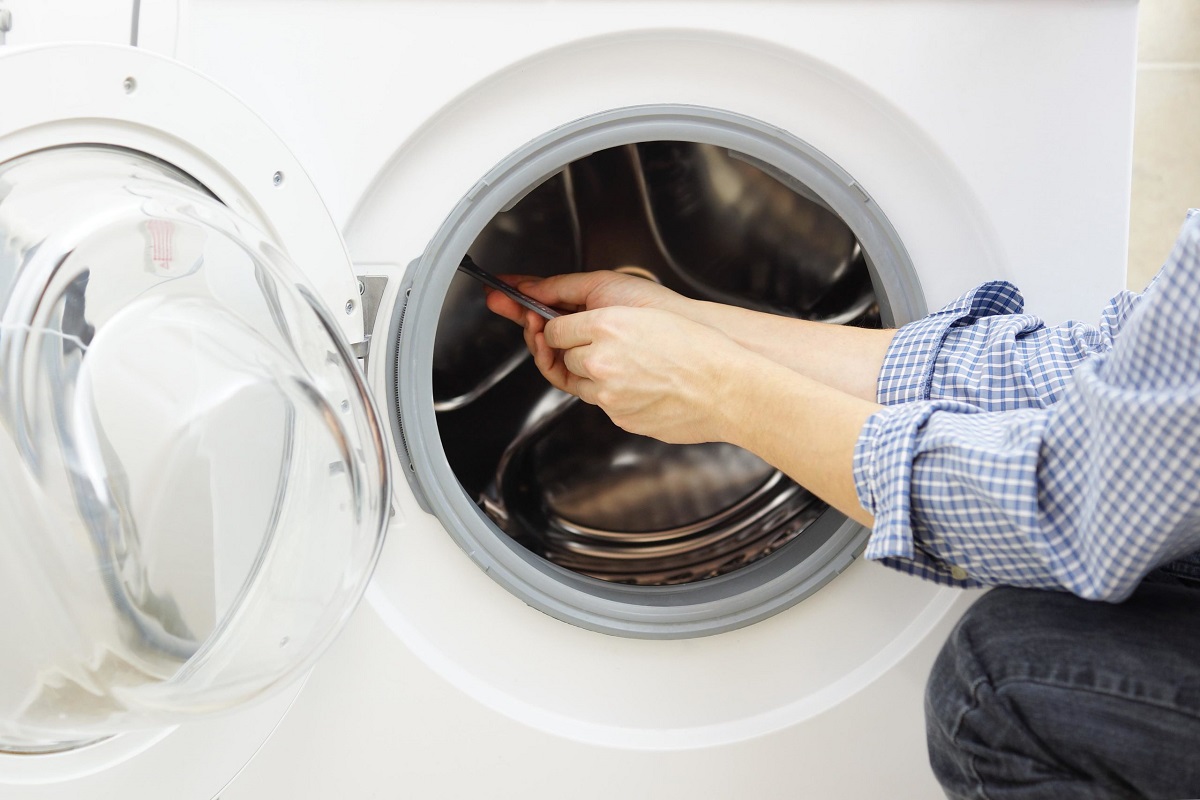
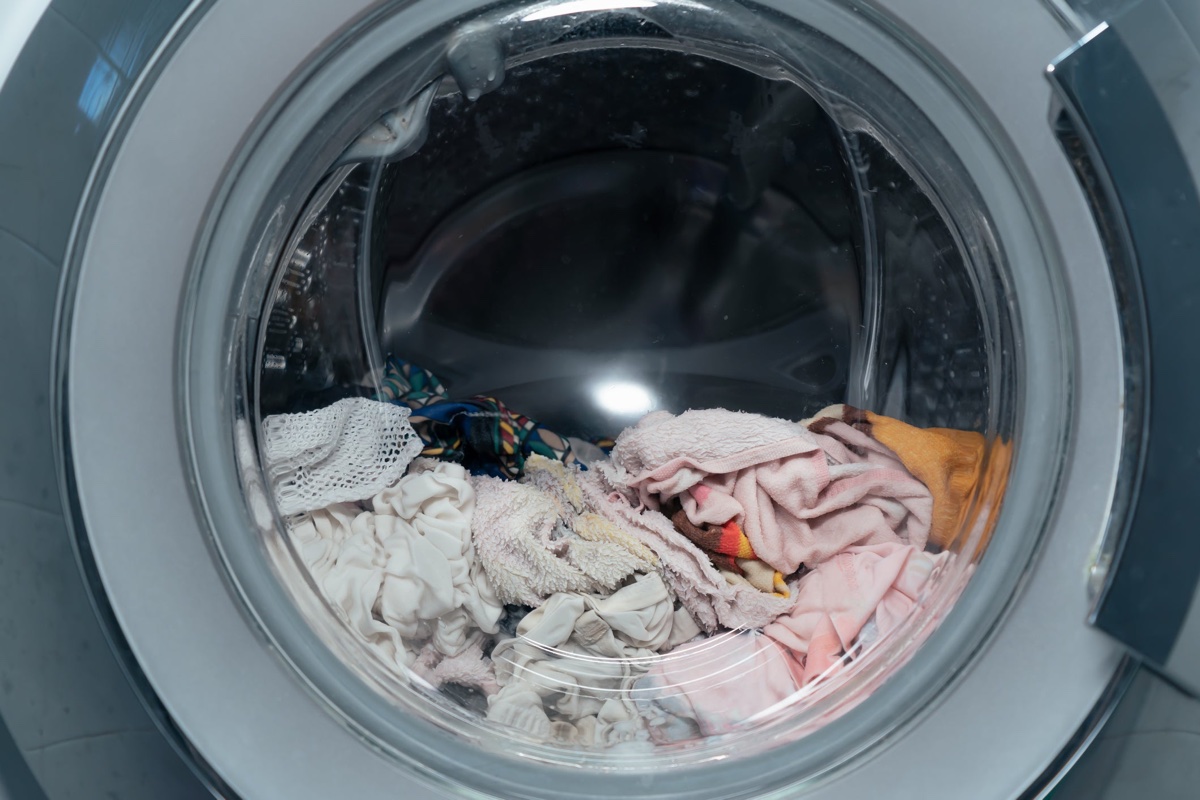
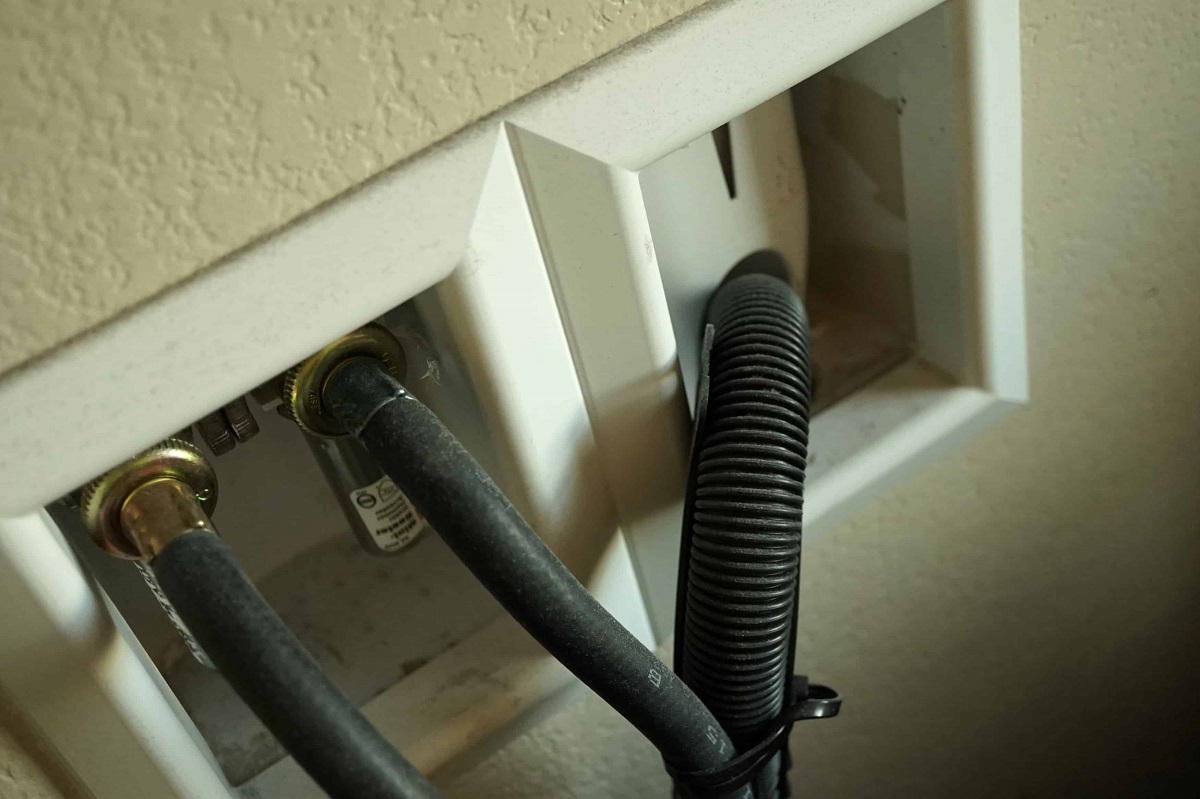
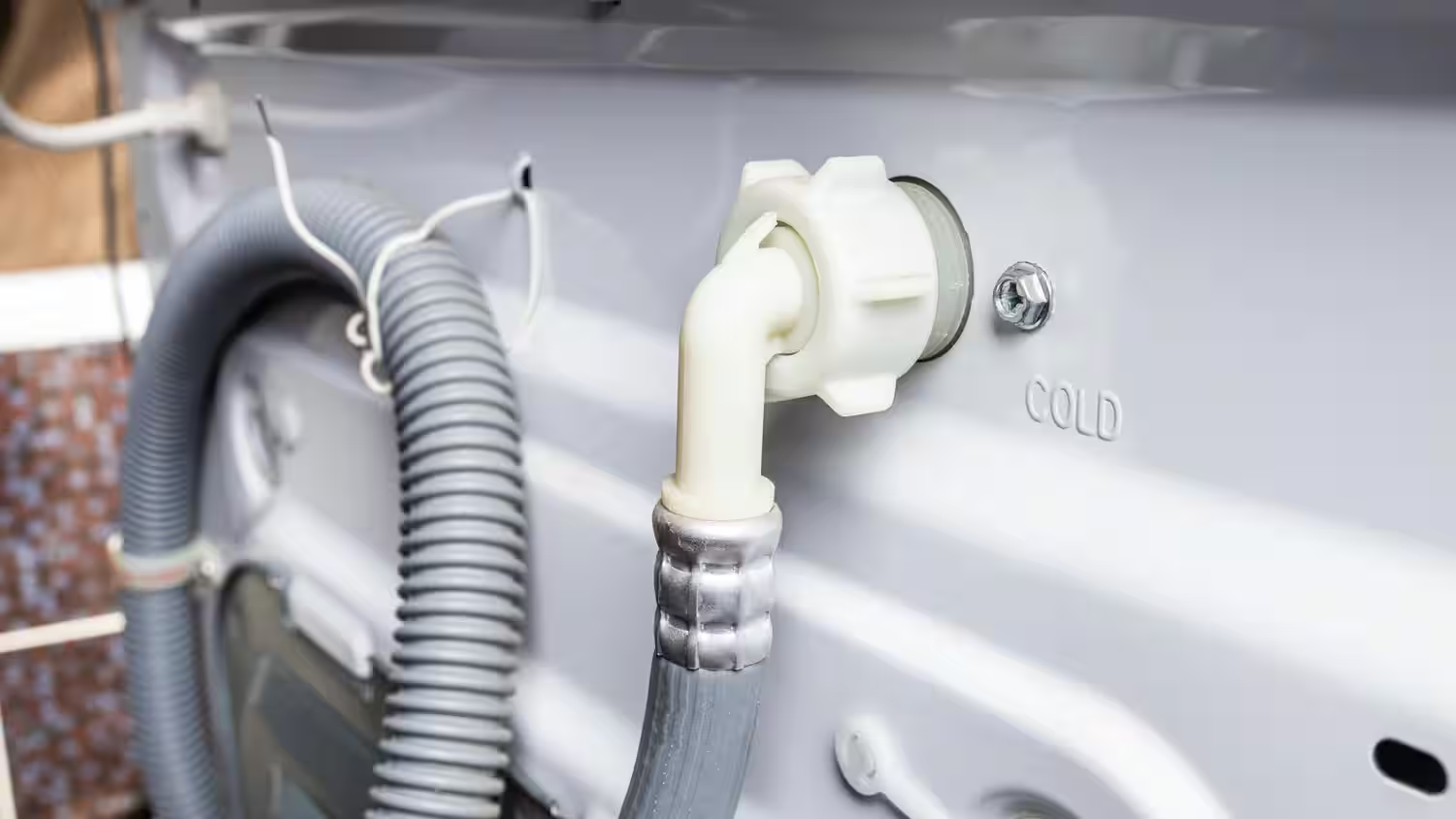
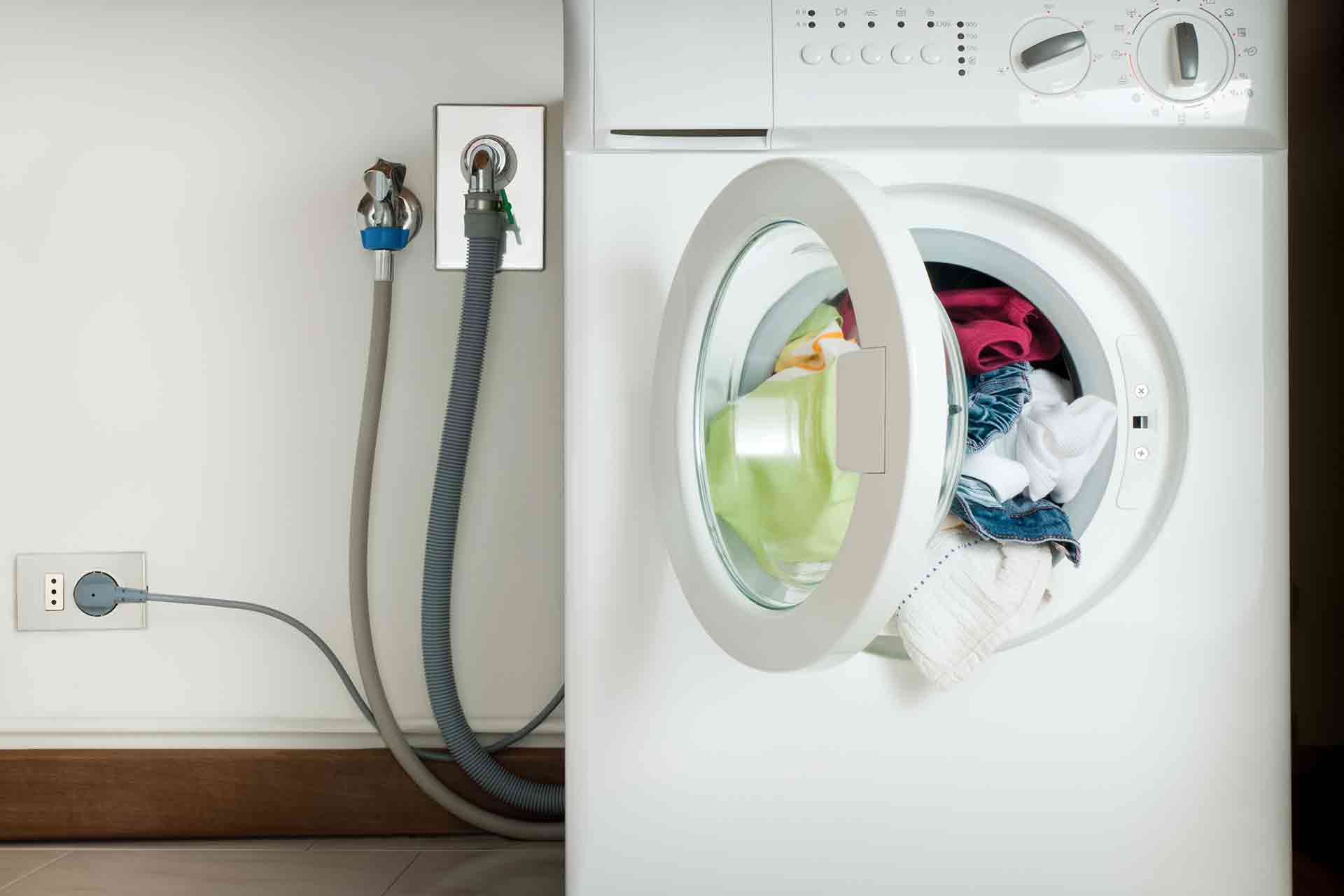
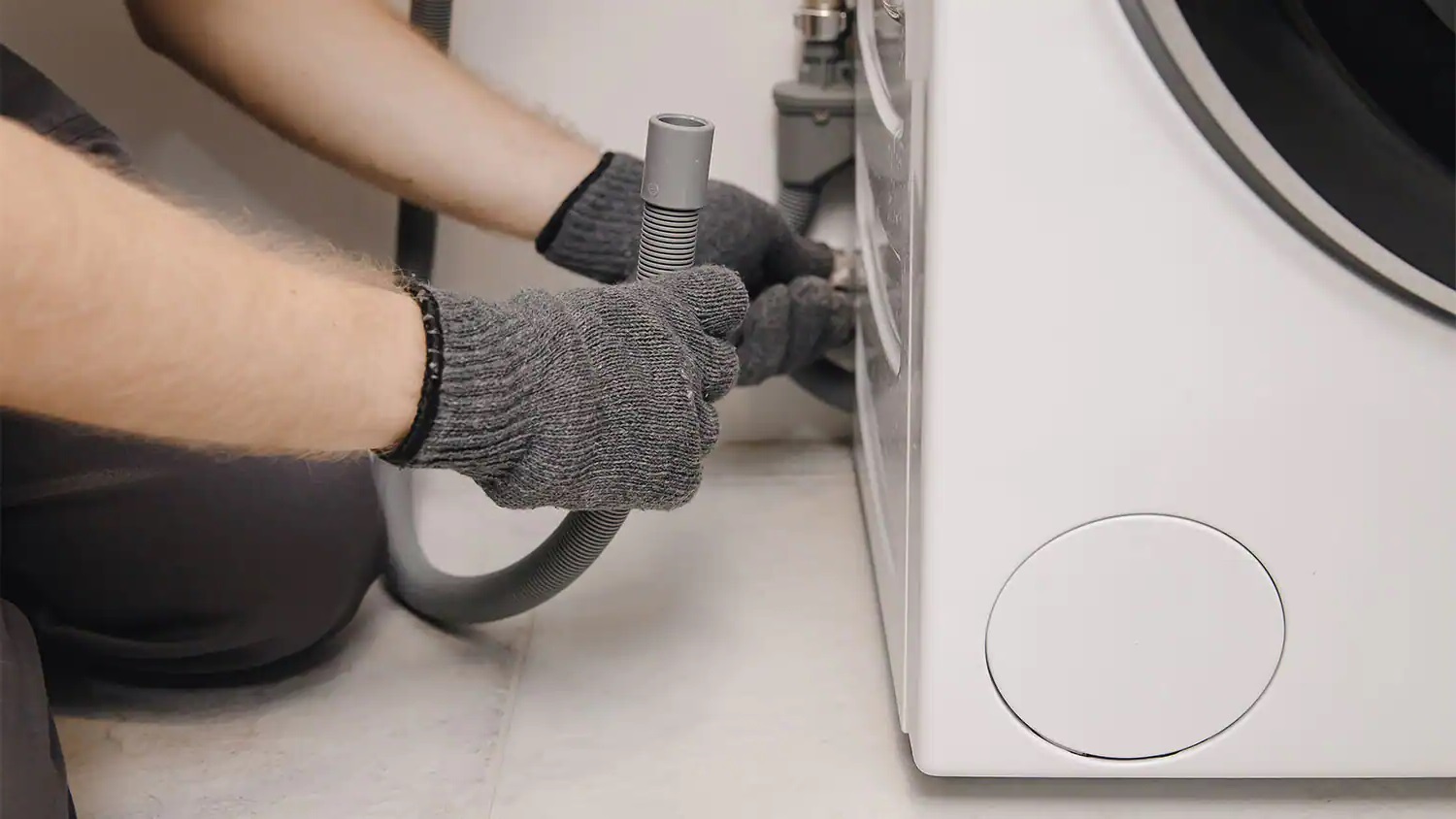
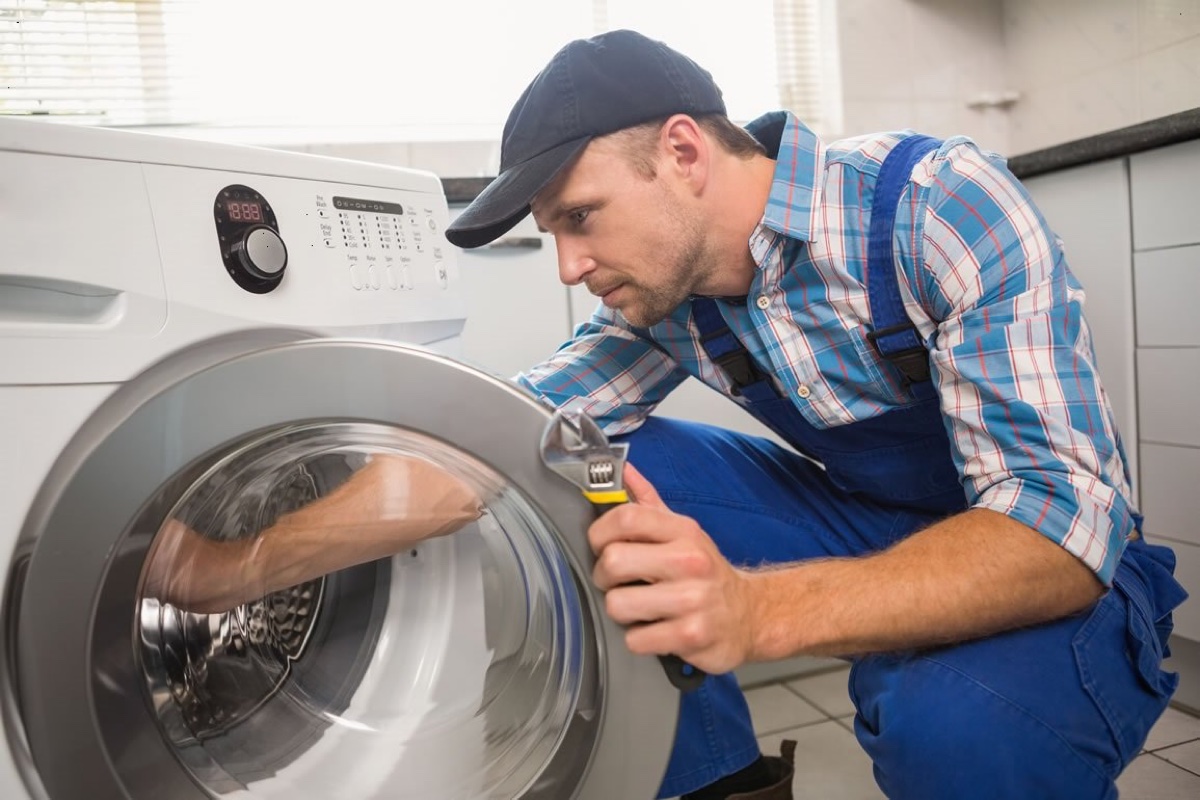
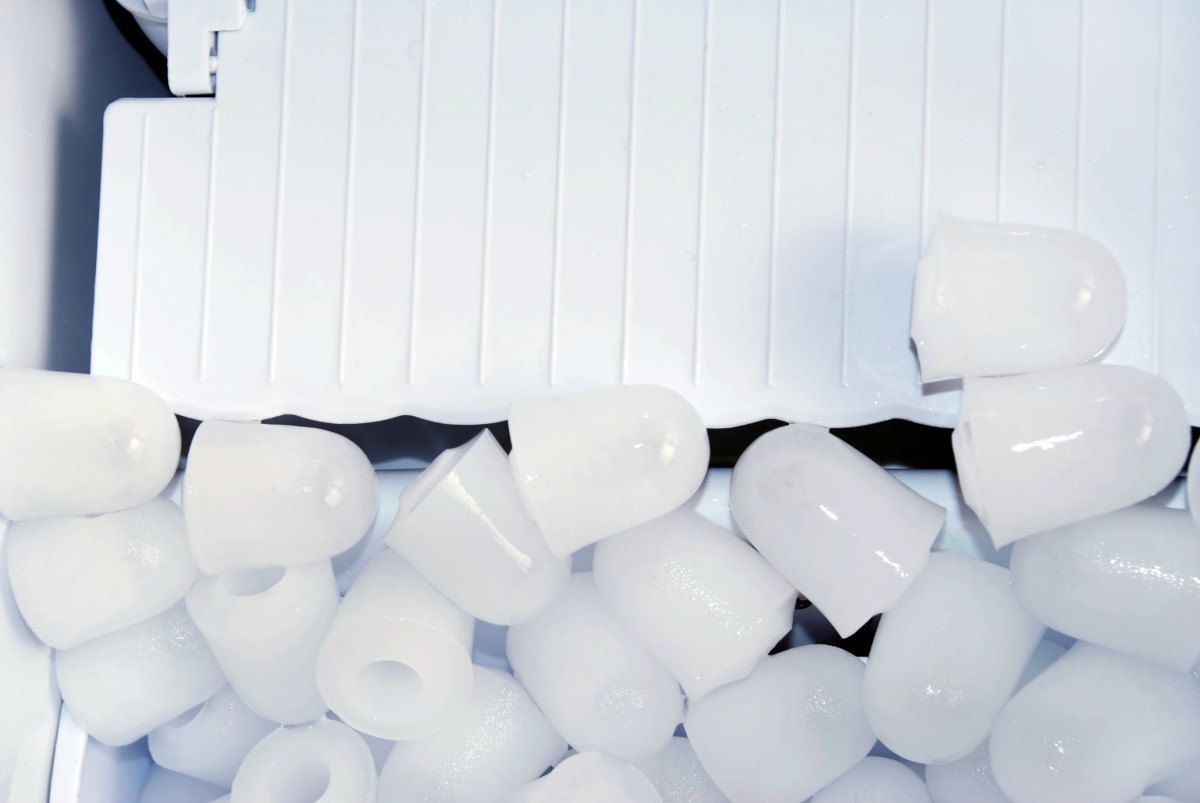
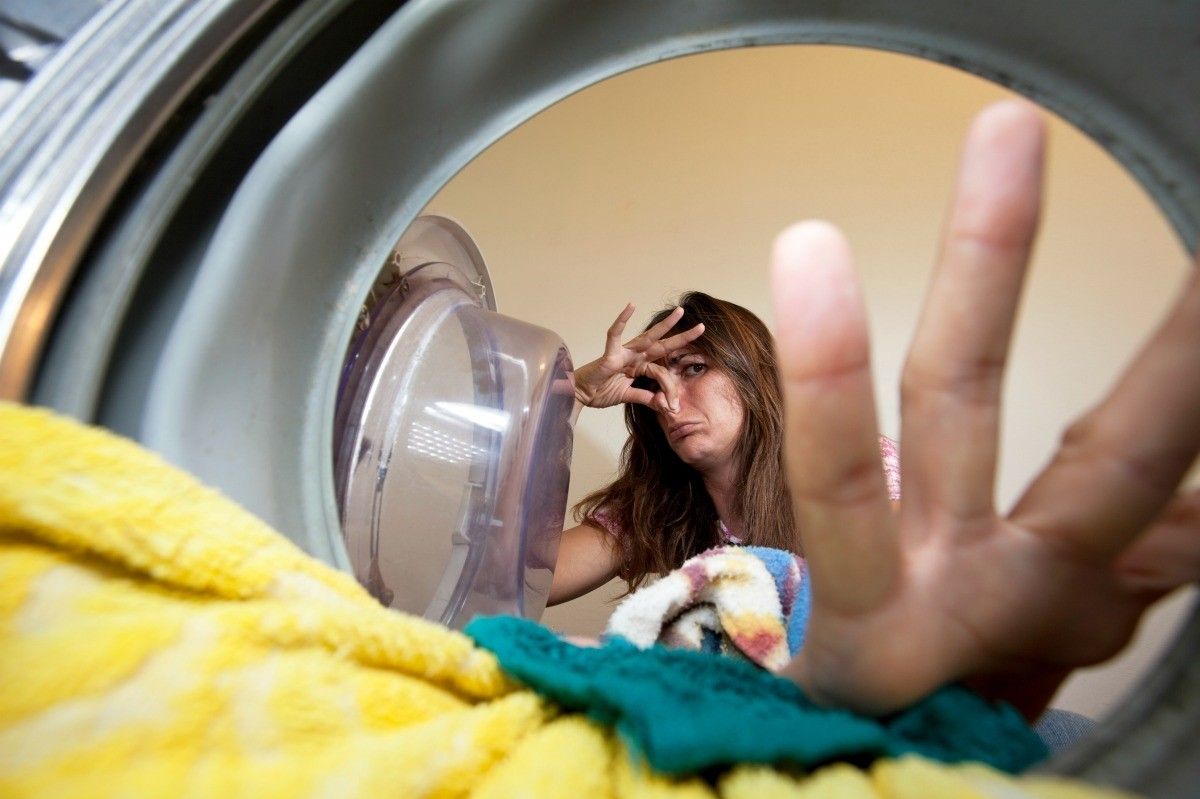

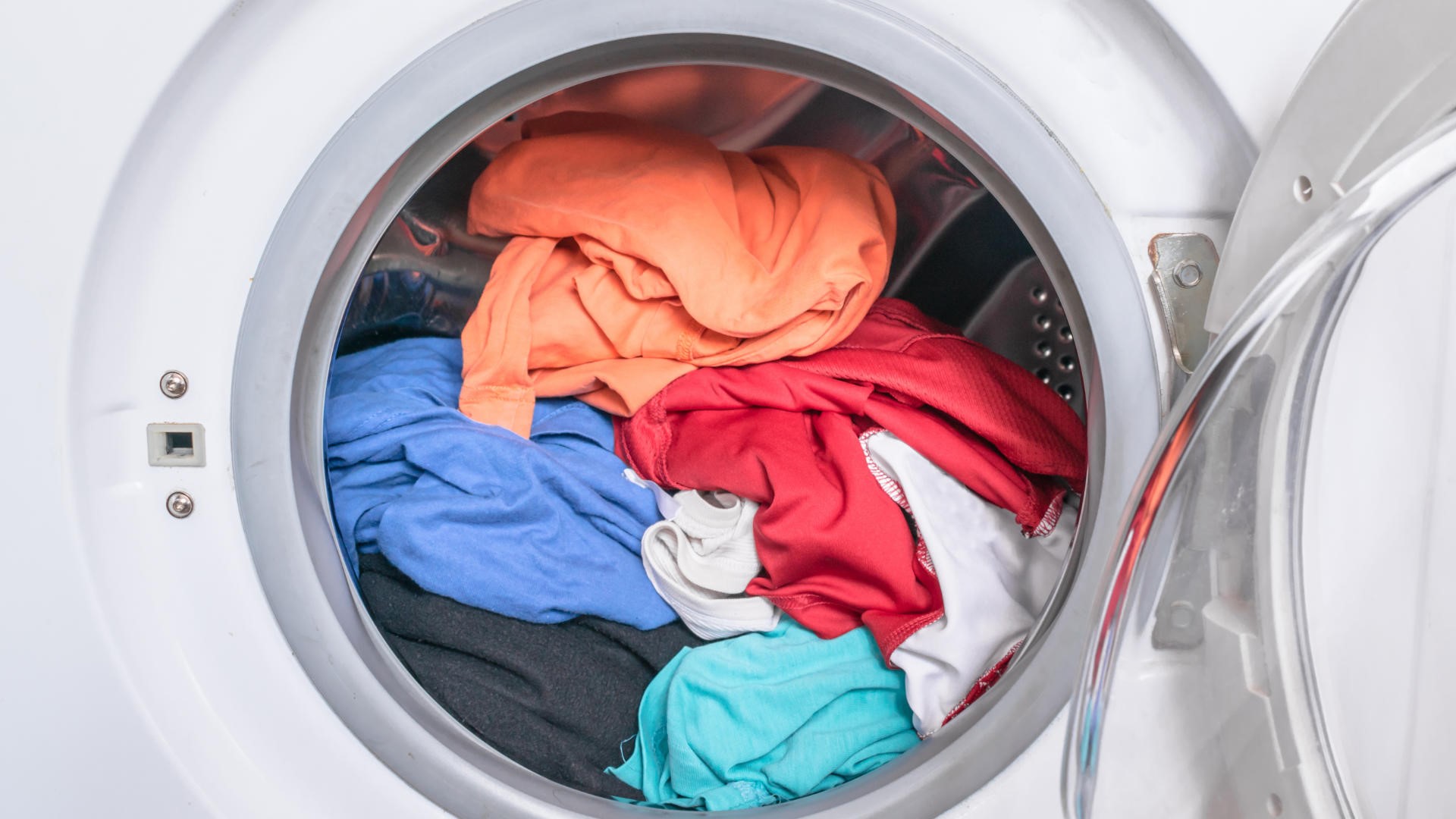
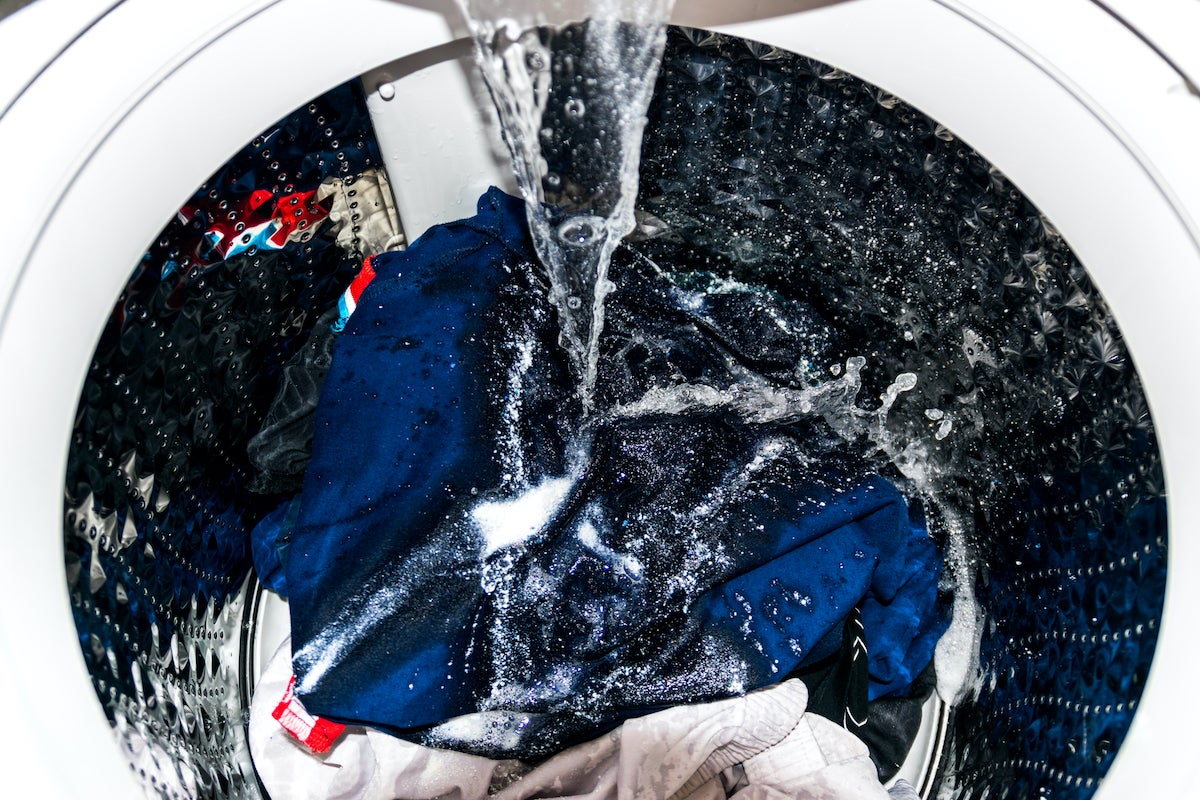
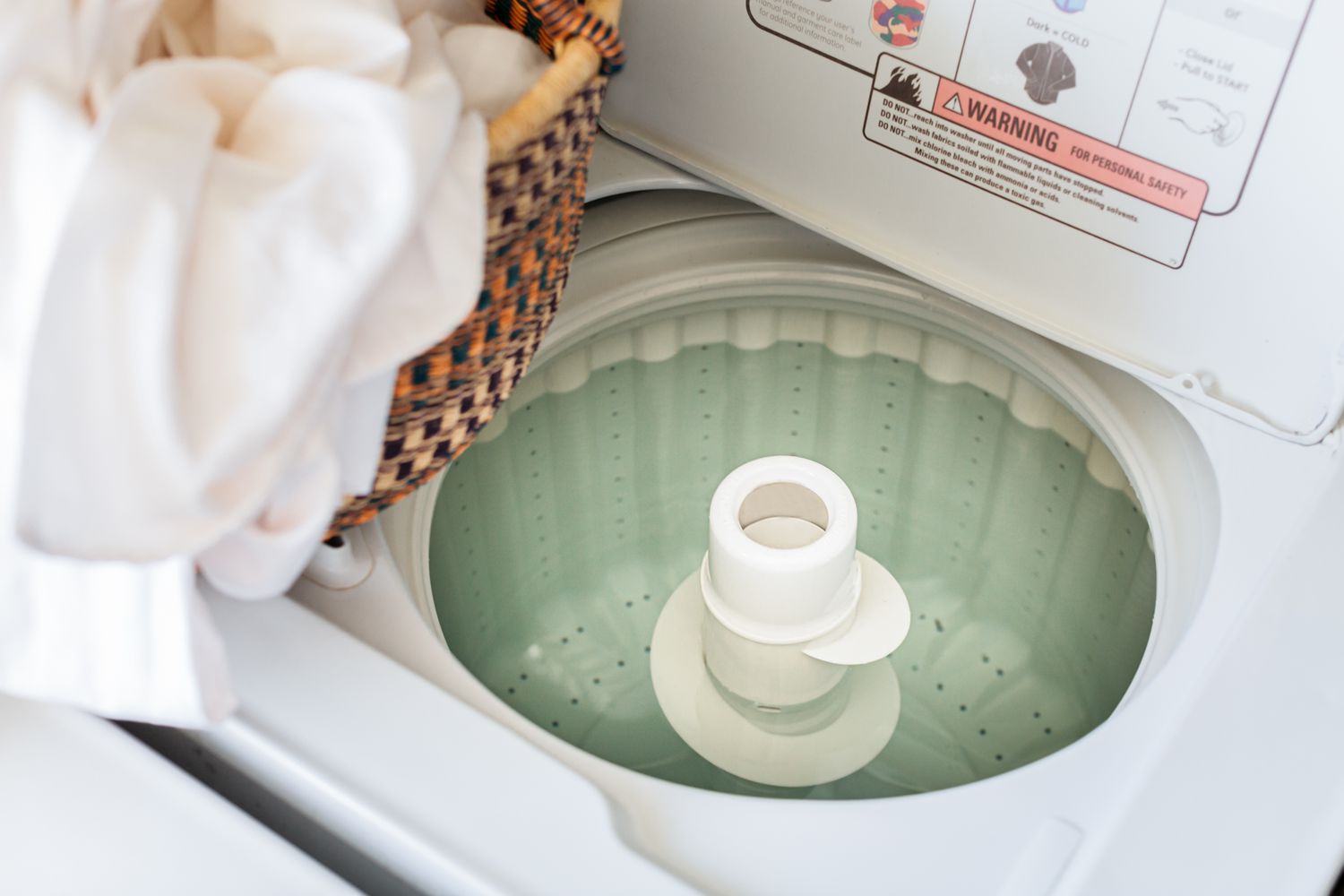
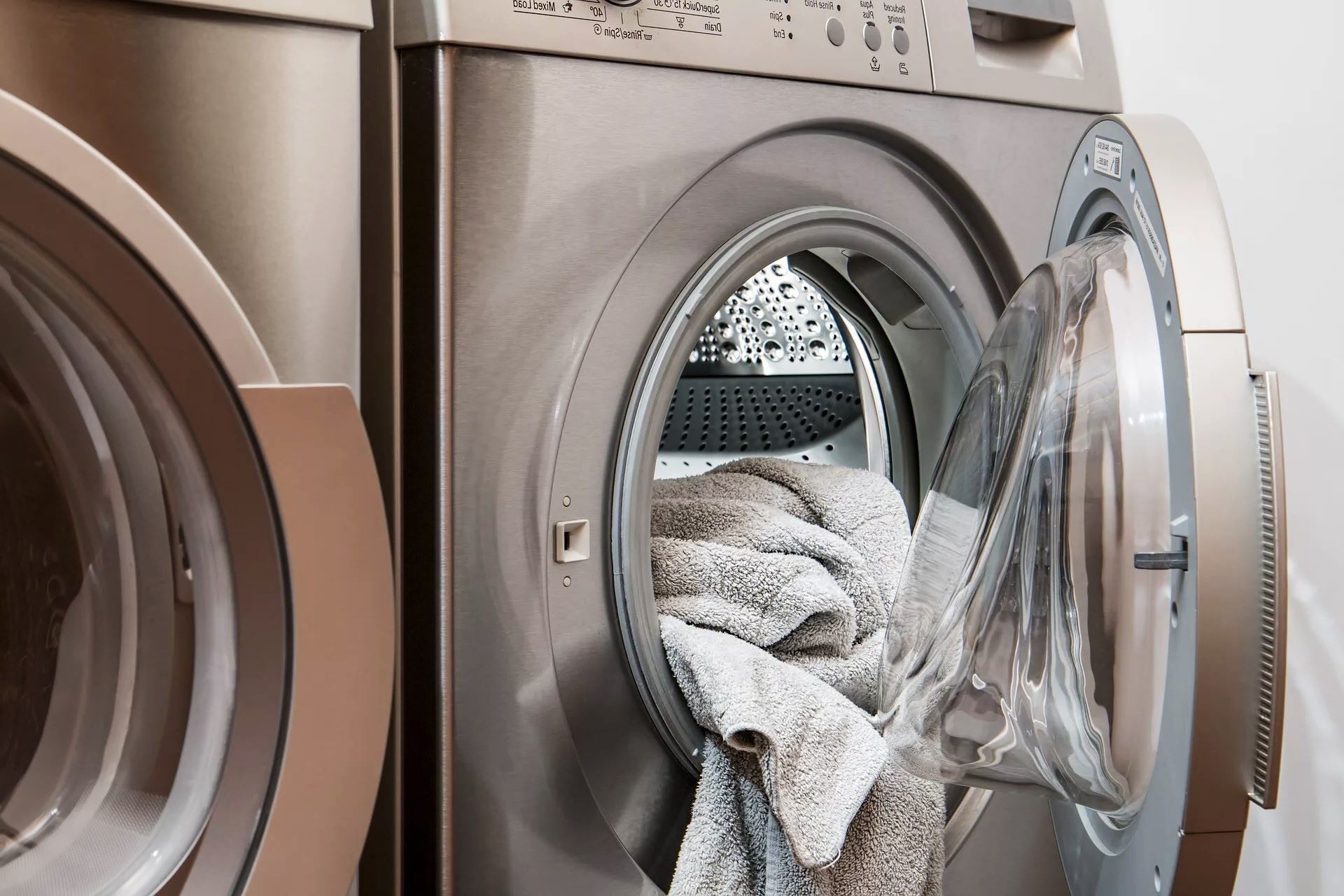
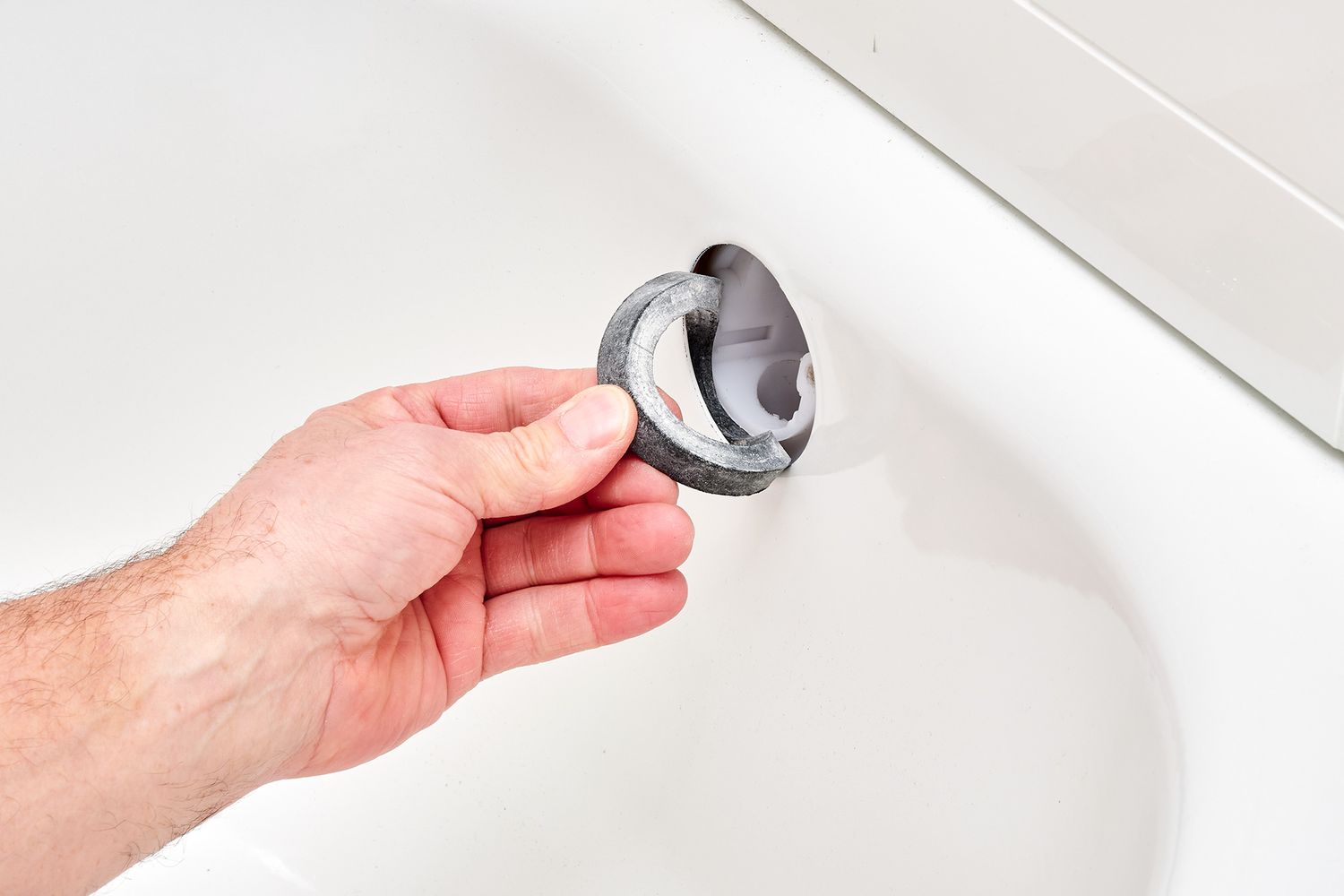

0 thoughts on “Why Does My Washing Machine Drain Pipe Overflow”